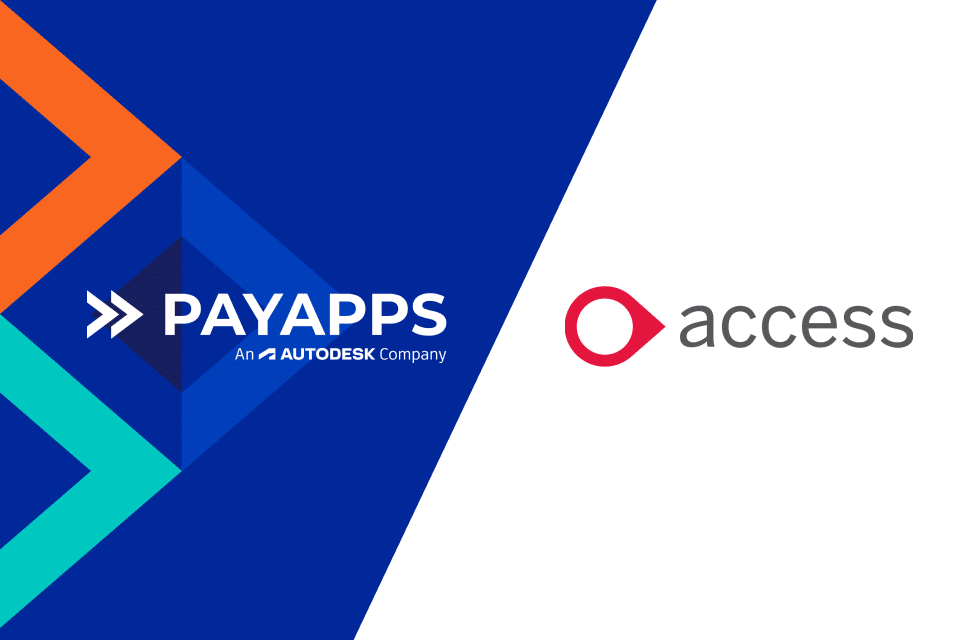
Construction projects have to be a collaborative effort, with a vast array of skills required to get a project from initial idea to completion.
From architects to contractors, suppliers to subcontractors, there is never a sole company able to complete all aspects of a build. All these different individuals and companies working together bring a degree of complexity that can affect all aspects of the project, but none more so than the financial side.
This is particularly true when it comes to the applications for payment which is all too often a messy, time-consuming process demanding all parties battle through an unwieldy mix of paperwork, emails, and often irate phone calls when deadlines are missed.
By the time this is all worked through and resolved, not only has everyone taken a financial hit from the inefficiencies within the system, but working partnerships can be damaged, sometimes irreparably. With the construction industry already facing unprecedented challenges with acute skills shortages, collaboration has never been more important. So how can the pressure be eased? There is a pretty simple solution in the ‘cloud’.
Cloud-based construction software
For those unsure what this would mean in practice, the ‘cloud’ basically allows data and processing power to be centralised on a main server rather than on local PC’s and laptops. It is accessed securely via the internet and is offered on a subscription basis rather than needing to be purchased as a capital expense.
The software is continually kept up-to-date, and continuous improvements are all included within the subscription cost. Cloud software is always available and can be accessed from anywhere in the world, as long as you have an internet connection. But the main plus point for construction businesses is that the cloud can offer more streamlined ways of working, enabling complete collaboration right across multiple and dispersed parties involved within any project. The responsibility for technology is shifted away from your business allowing you, and your stakeholders, to focus on the tasks you’re really good at.
The business case for cloud computing
Many businesses and industries, not only construction, can be reluctant to embrace new technologies. Unknown and confusing jargon can be off-putting and the thought of disrupting business processes, having to learn how to use a new system, is often enough to make many business owners and managers turn the other way when new IT systems are mentioned. However, with applications for payment being such an integral part of the business side of construction, not to mention a notorious issue within the industry, welcoming new innovations is no longer a choice, but a necessity.
Moving your payment application processes to the cloud is really not as complicated as you may first think. The software is very user-friendly and intuitive – anyone accustomed to using the internet will quickly become confident with the web-based interface.
All businesses working on a project can submit applications for payment online through a single centralised solution, ensuring everyone is working to the same system and data is submitted in the same, easily calculated format. Those applications are then assessed and approved within the same portal.
The progress of the application is clearly visible to all parties, all communications are stored in one place and the applications can progress smoothly with fewer disputes and in a timely manner. Pressure is lifted from the administrative and accounting staff as they are no longer chasing their tails trying to pull information together from a variety of different sources, and sifting through mounds of paperwork or emails to answer questions when payments are being chased or disputed.
This results in a happier working environment which in turn helps reduce staff turnover and sickness. Essentially embracing a cloud-based payment application software helps remove the confusion, smooth out the processes, and increases the collaboration between all parties… which can only be a good thing, no matter which way you look at it.





